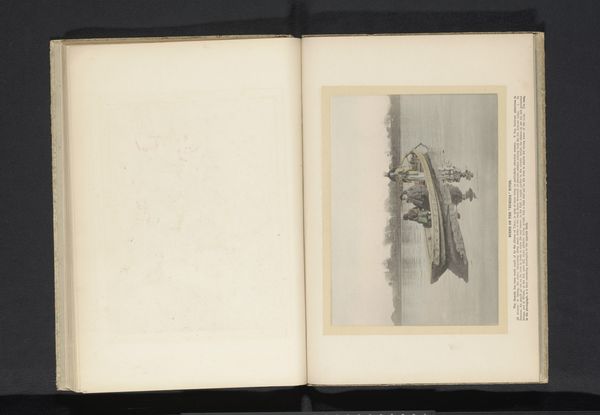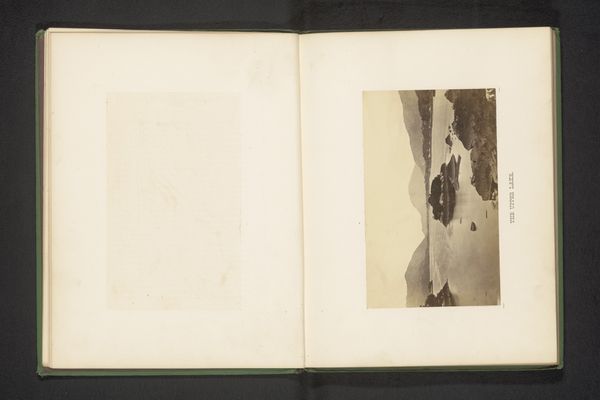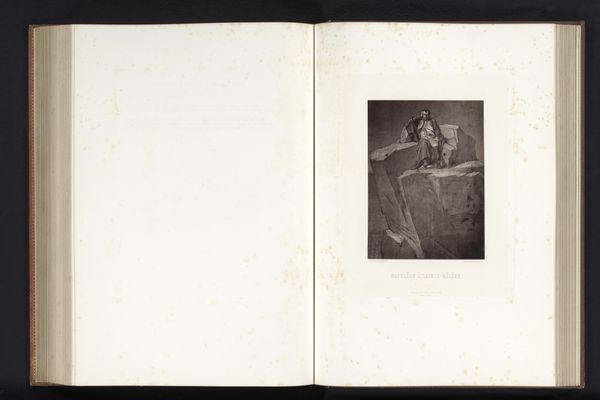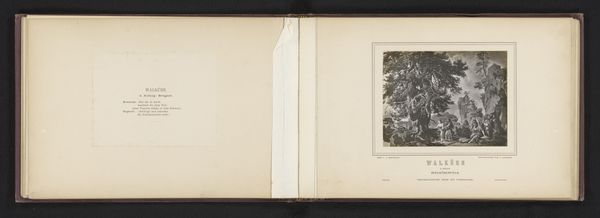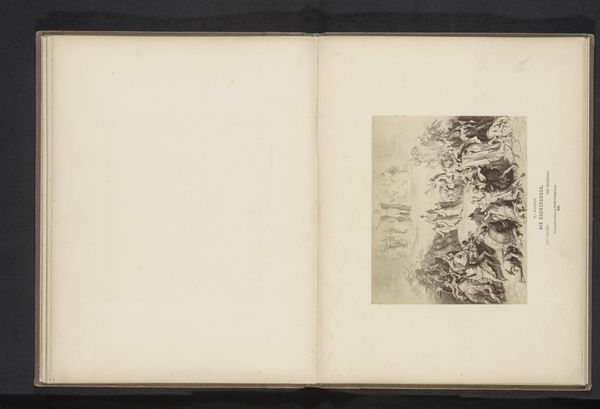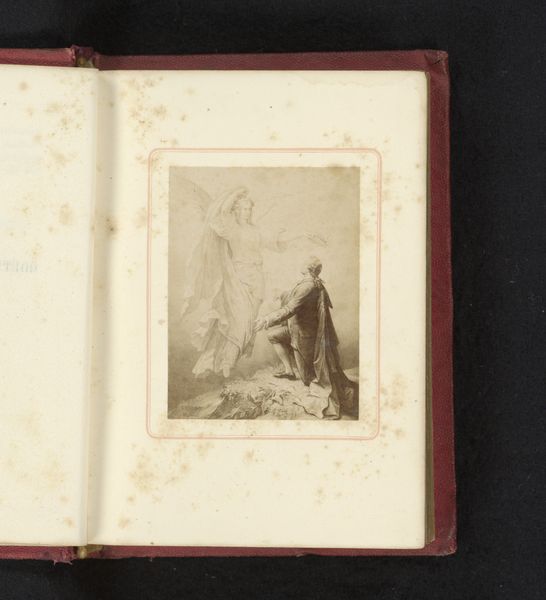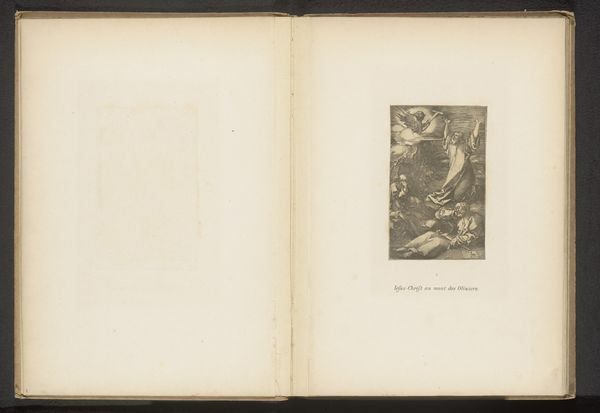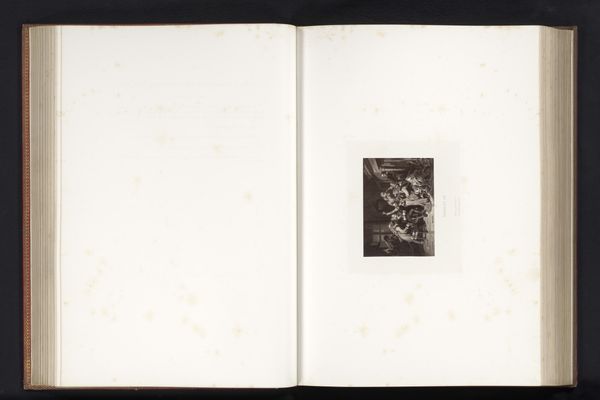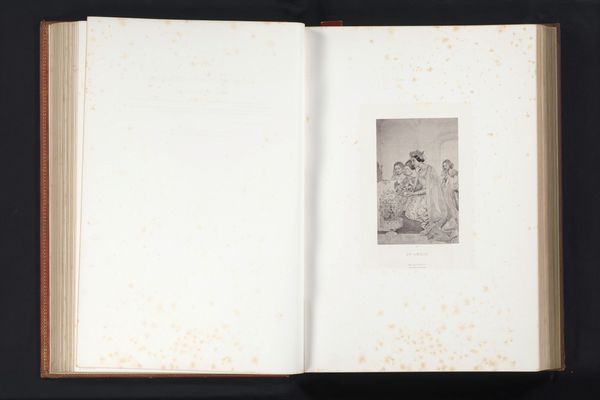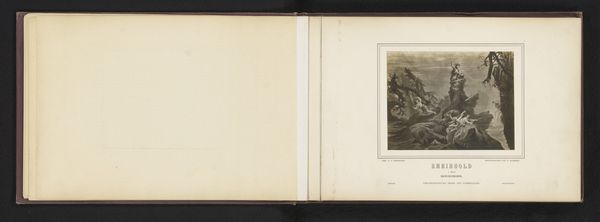
photography, gelatin-silver-print
#
photography
#
gelatin-silver-print
#
realism
Dimensions: height 138 mm, width 101 mm
Copyright: Rijks Museum: Open Domain
Curator: Looking at this page from an album by William Notman, dating to between 1871 and 1876, one is struck by the way the artist’s gelatin silver print meticulously captures an example of a stuffed Peregrine Falcon, almost like a scientific record. Editor: The falcon is rendered quite crisply. The pose, frozen mid-motion—it gives off a very stately, albeit melancholy vibe. The bird almost seems weighed down, in spite of itself. Curator: Well, think about the photographic process. Producing gelatin silver prints involves careful chemistry, skillful darkroom techniques. And don’t forget, this was not just artistic work. Scientific institutions were keen on cataloging animal specimens and sought photographers who could deliver highly detailed images, almost indistinguishable from life itself. Editor: It raises questions of representation and control, though, doesn't it? Here we have a bird, robbed of its agency through taxidermy. That bird, then made into a photographic image—it becomes a symbol, if you like, of humanity's desire to dominate nature, a commentary on our fraught relationship with the natural world. Curator: Interesting, and relevant. The choice of using photography itself speaks to that ambition of exact capture. It provides a sense of verisimilitude painting simply couldn't. In effect, Notman's album represents a confluence of scientific ambition, artistic representation, and material process. Editor: Absolutely. Viewing the image, I am reminded that we stand on the shoulders of complex and sometimes contradictory historical practices. This stuffed bird, this photograph, compels us to remember these forgotten perspectives from our collective colonial history. Curator: I agree. It reveals the intersection of art, science, and technology in the 19th century, allowing a glimpse into society's methods for ordering and understanding the natural world through innovative industrial techniques. Editor: Such objects teach us to understand our complex connection with a quickly vanishing past, urging us towards much-needed reparative actions for future generations.
Comments
No comments
Be the first to comment and join the conversation on the ultimate creative platform.
